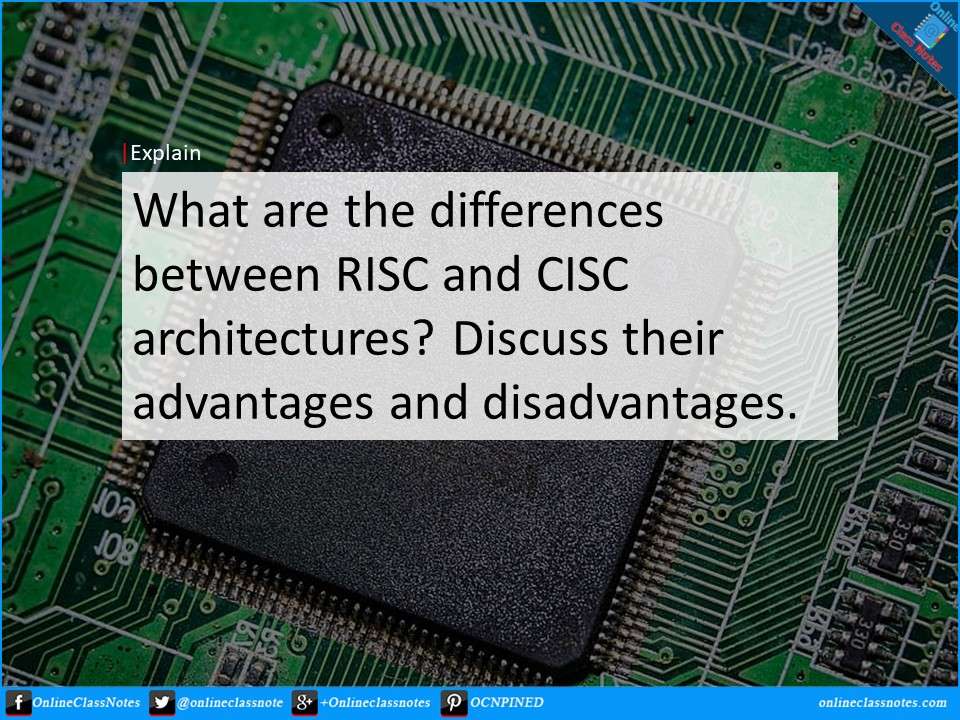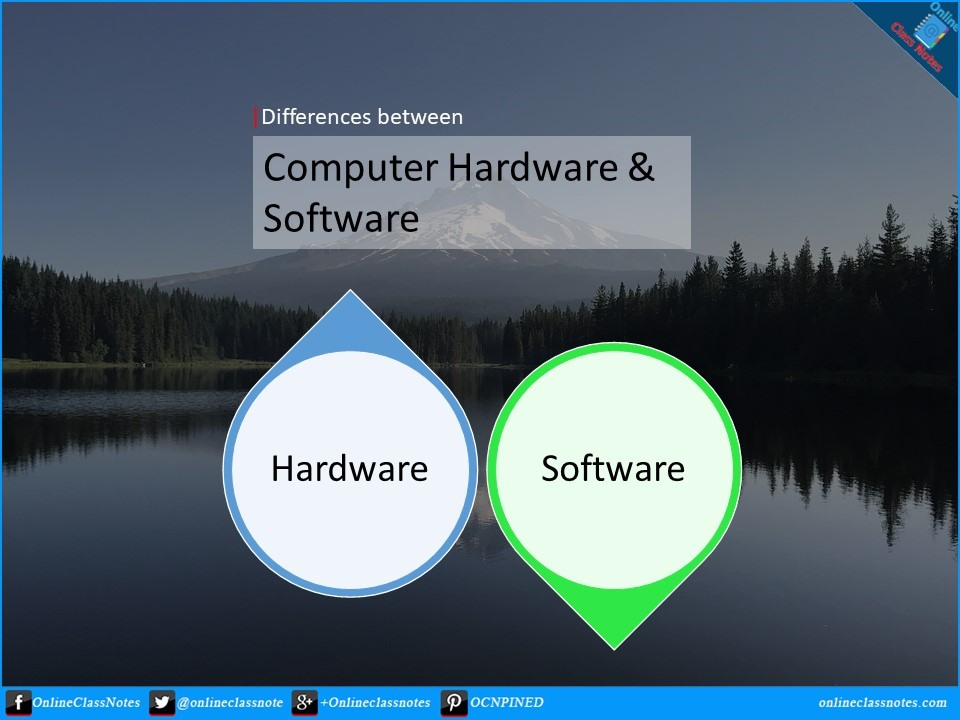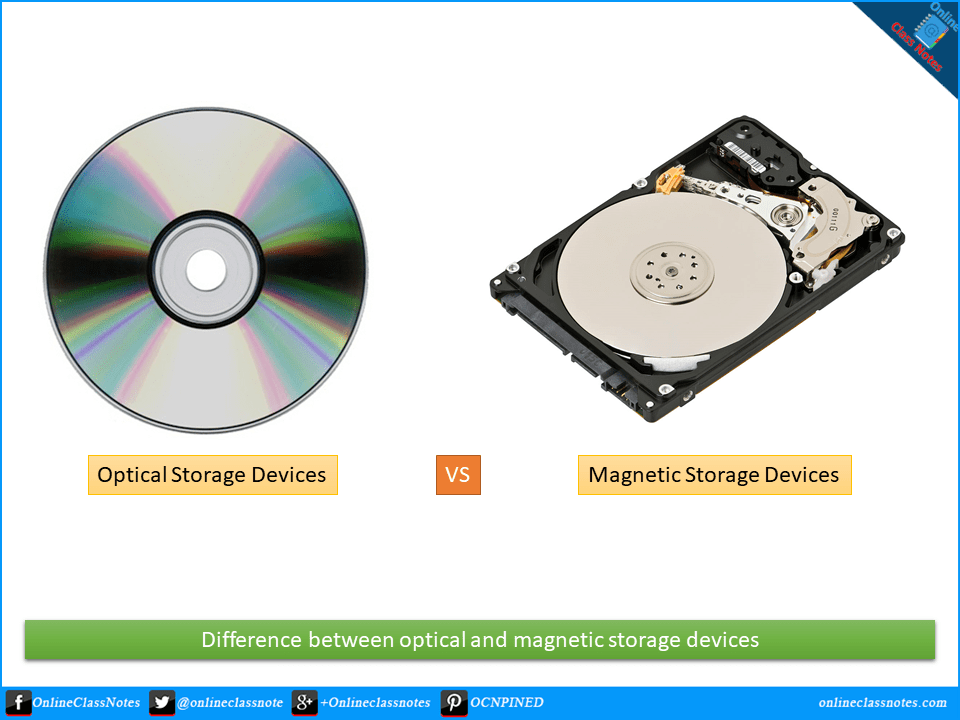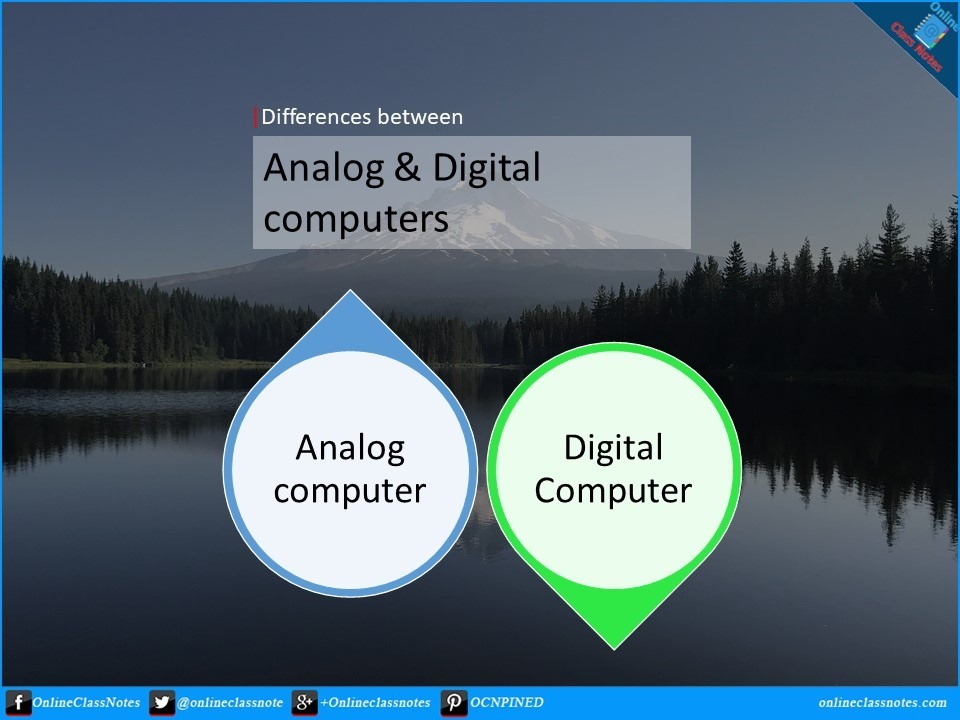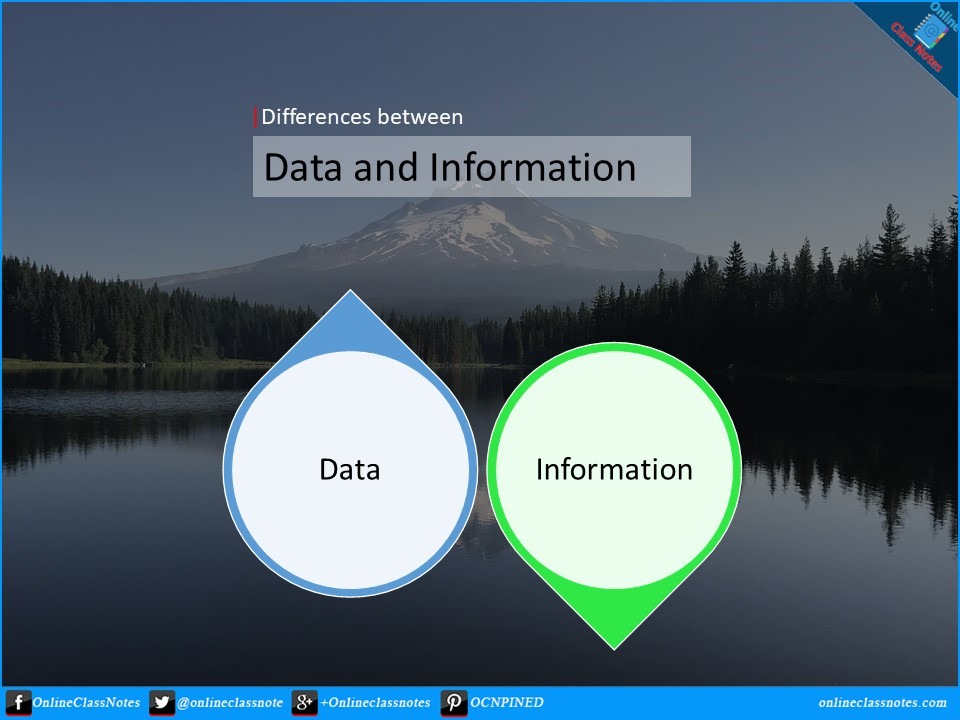Parallelism in CPUs refers to the ability of a processor to perform multiple tasks simultaneously, thereby increasing throughput and overall performance. Parallelism can be achieved at different levels within a CPU, from the execution of individual instructions to the concurrent execution of multiple threads or processes.
differences
What are the differences between RISC (Reduced Instruction Set Computing) and CISC (Complex Instruction Set Computing) architectures? Discuss their advantages and disadvantages.
RISC (Reduced Instruction Set Computing) and CISC (Complex Instruction Set Computing) architectures are two distinct approaches to CPU design, each with its own characteristics, advantages, and disadvantages.
What is the difference between software requirements and software specifications?
Demystifying the Difference Between Software Requirements and Software Specifications
Introduction:
In the realm of software engineering, two terms that often surface are software requirements and software specifications. While they are closely related, they hold distinct meanings and serve different purposes.
What are the Differences between Computer Hardware and Software?
Computer Hardware
Computer Hardware is any part of the computer that can be touched. These are primarily electronic devices used to build up the computer. Computer Hardware actually perform the computing operations along with taking input and sending the computed result as output or to storing that.
8 Differences between optical and magnetic storage devices.
Differences between optical and magnetic storage devices are how they store and retrieve data. Both devices are used for long term data storage. However, magnetic storage devices such as hard disk exists because of huge storage capacity and optical storage devices such as CD exists because of it’s portability feature.
Differences between analog and digital computers
Analog Computer
An analog computer is a form of computer that uses the continuously changeable aspects of physical phenomena such as electrical, mechanical, or hydraulic quantities to model the problem being solved. As an analog computer does not use discrete values, but rather continuous values, processes cannot be reliably repeated with exact equivalence.
What is Data and Information? Write the differences between Data and Information.
Data and Information
Data
Raw materials used in a process to obtain targeted result of goal are called data. In other words, pieces of information which by itself may or may not mean something but useful when connected or used with other pieces of information to form a piece of information that means something, are called data. Data can be of two types

